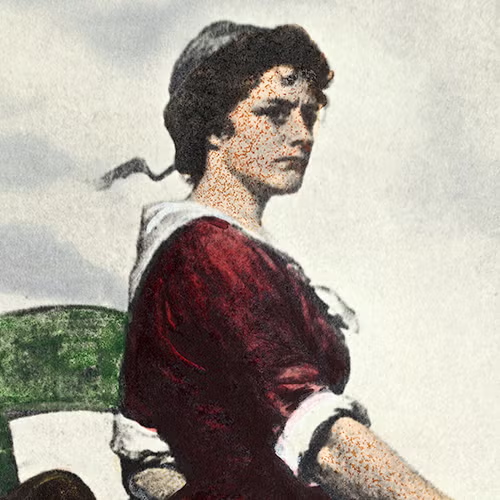
Who Was Molly Pitcher?
Molly Pitcher is celebrated as an American patriot known for her courageous contributions during the Revolutionary War, particularly at the Battle of Monmouth. During this pivotal battle, she earned her nickname by delivering pitchers of water to soldiers to keep them hydrated. When her husband collapsed while operating a cannon, she stepped in to take over his duties, demonstrating remarkable bravery and resilience.
The narrative surrounding Molly Pitcher is steeped in legend, leading some historians to question whether her story is entirely factual or a composite of several individuals. Despite extensive research conducted primarily by her descendants, independent analyses of historical documents have resulted in a consensus among some scholars that Pitcher’s true identity remains uncertain. Most accounts identify her as Mary Ludwig, born to Maria Margaretha and Johann George Ludwig, and her first husband is often noted as William Hays (sometimes referred to as John Hays), who served in the artillery during the Battle of Monmouth.
Early Life and the Battle of Monmouth
Molly Pitcher was born circa October 13, 1754, near Trenton, New Jersey. In 1768, she relocated to Carlisle, Pennsylvania, where she met William Hays, a local barber. The couple married on July 24, 1769. When the American Revolutionary War commenced, Hays enlisted as a gunner in the Continental Army. It was customary for wives to accompany their husbands during military campaigns, and Pitcher followed her husband back to New Jersey during the Philadelphia Campaign (1777-78).
During the Battle of Monmouth, fought in Freehold, New Jersey, on June 28, 1778—a day marked by extreme heat—Pitcher was present alongside her husband. She undertook the arduous task of repeatedly fetching cold water from a nearby spring, providing relief to the weary soldiers and cooling down the cannons.
Legend has it that soldiers began referring to her as “Molly Pitcher” in recognition of her tireless efforts. The legend gained traction when Pitcher reportedly witnessed her husband collapse at his cannon, unable to continue fighting. Without hesitation, she abandoned her water pitcher and assumed his position, managing the cannon for the duration of the battle until the American forces secured victory. A witness later recounted her heroism, noting a cannonball passed through her legs on the battlefield, causing no harm other than to her petticoat: “While in the act of reaching a cartridge . . . a cannon shot from the enemy passed directly between her legs without doing any other damage than carrying away all the lower part of her petticoat . . . She observed that it was lucky it did not pass a little higher . . . and continued her occupation.”
Molly Pitcher’s actions that day have solidified her as a lasting symbol of the vital roles women played during the American Revolution.
Postwar Life and Death
Following the conclusion of the war, Pitcher remained with the Continental Army until its dissolution, returning to Carlisle with Hays in April 1783. After the death of her first husband, she married John McCauley, a war veteran, and later worked at the State House in Carlisle. In recognition of her wartime contributions, the Pennsylvania Legislature honored Pitcher in 1822, awarding her $40 and granting her an annual pension of the same amount for the remainder of her life. She passed away on January 22, 1832, in Carlisle, where a monument stands to commemorate her heroic deeds during the battle.
Women of the American Revolution
Numerous women played vital roles during the American Revolution, contributing significantly to the war effort and shaping the narrative surrounding female heroism of the time. One notable figure is Margaret Corbin, who served alongside her husband, John Corbin, in the same regiment as the legendary Molly Pitcher. Known as “Captain Molly,” Corbin donned a military uniform and bravely took her husband’s place on the battlefield when he was wounded. During the conflict, she too sustained injuries and was captured by British forces, although she was later released. Following her ordeal, Corbin was reassigned to guard duty at West Point.
The figure of Molly Pitcher, whether representative of a single individual or a composite of many, serves as a folkloric character emblematic of women’s courage and contributions during the American Revolution. Her story, along with that of Margaret Corbin and others, highlights the significant yet often overlooked roles that women played in shaping the history of the nation.
